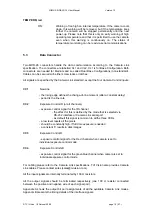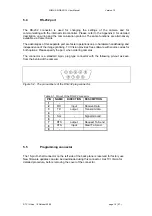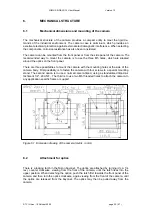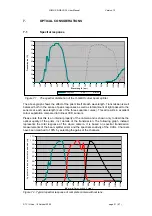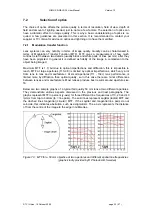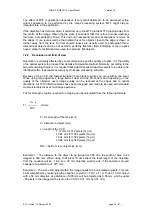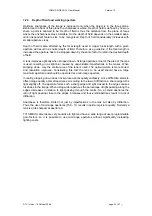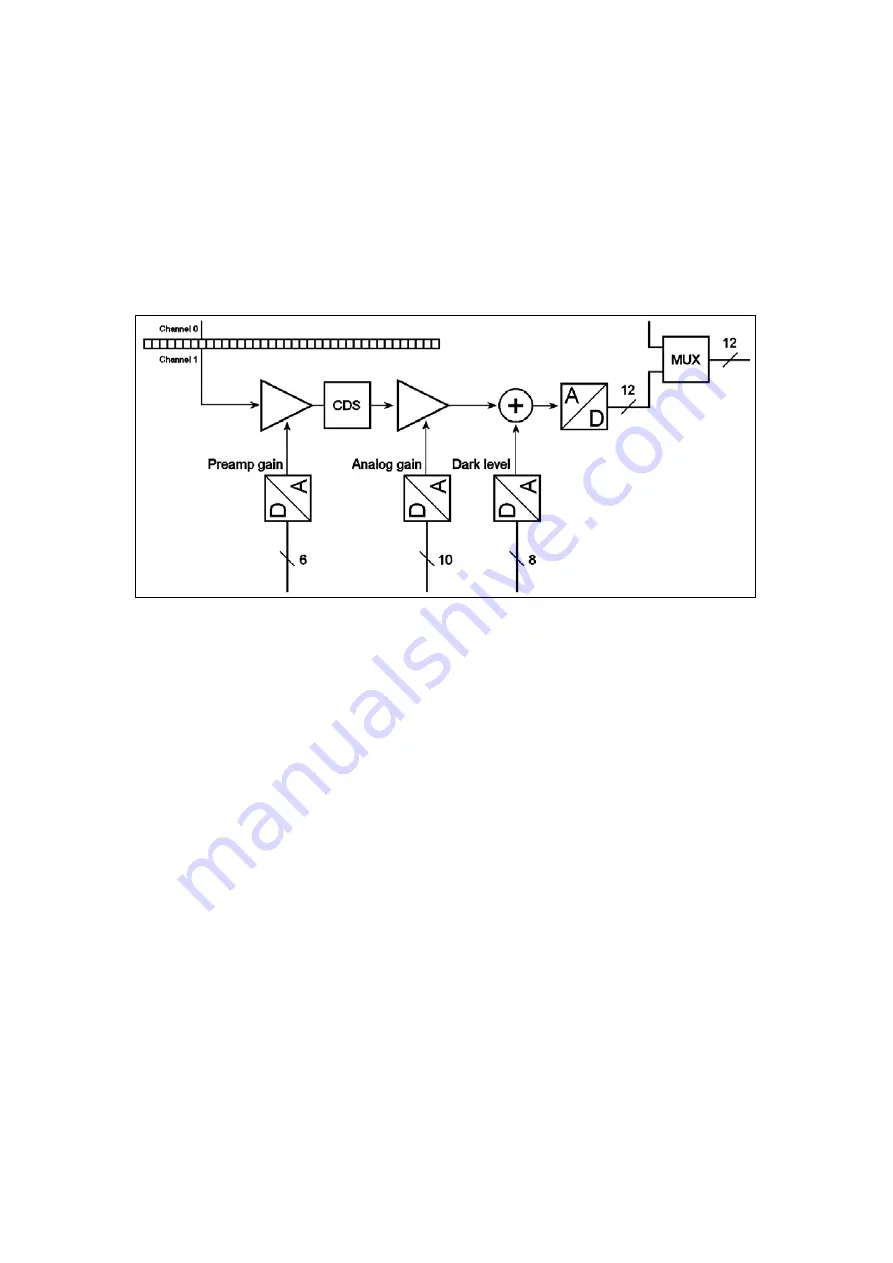
XIIMUS R-GB-IR CL User Manual. Version 1.2
4.
PROCESSING OF CCD OUTPUT
4.1
Analogue video path
TVI XIIMUS cameras utilise a two channel CDD for each colour. A simplified illustration of the
analogue video path of one channel is in figure 4.1. The video path itself is completely ana-
logue until digitised with 12-bit resolution in close vicinity of the CCD itself. All adjustments
performed on the analogue video signal are digitally controlled.
Figure 4.1.
Analogue video path
The analogue video signal is first Correlate Double Sampled and amplified in the preamp
gain stage. After the CDS block it is possible to further amplify the signal with an analogue
gain stage.
The analogue video path also includes an input clamp circuit that is not drawn in the illustra-
tion. The input clamp circuit removes the CCD’s optical black offset to maximise system
headroom and the effect of gain change on the black level. The effect of this circuit causes
the digital output data to start from zero when the CCD is exposed to dark. If desired, the
dark level register can be used to set a positive offset in the output data. If this parameter
differs from zero, the dark level of channel in question will have an offset equal to the dark
level setting. Changing this setting can be desirable when using the pixel correction unit,
since the pixel to pixel variations in dark will be present in the raw data enabling better cor-
rection.
Lastly the 12-bit data streams from the two output channels are digitally multiplexed into one
data stream to represent the CCD output.
© TVI Vision, 18 October 2006 page 11 ( 57 )


















